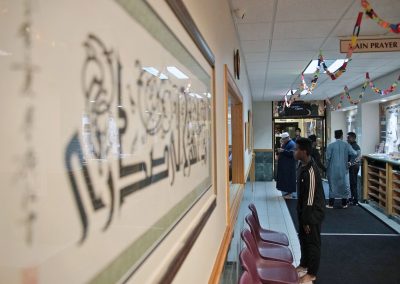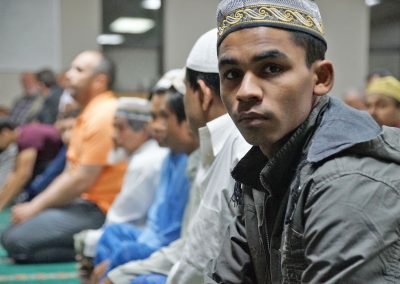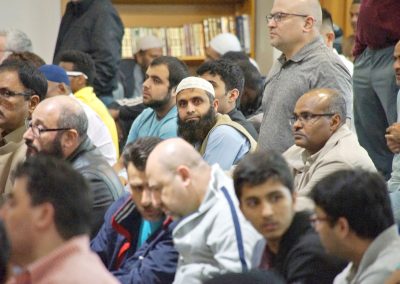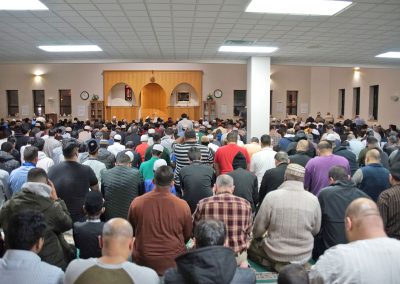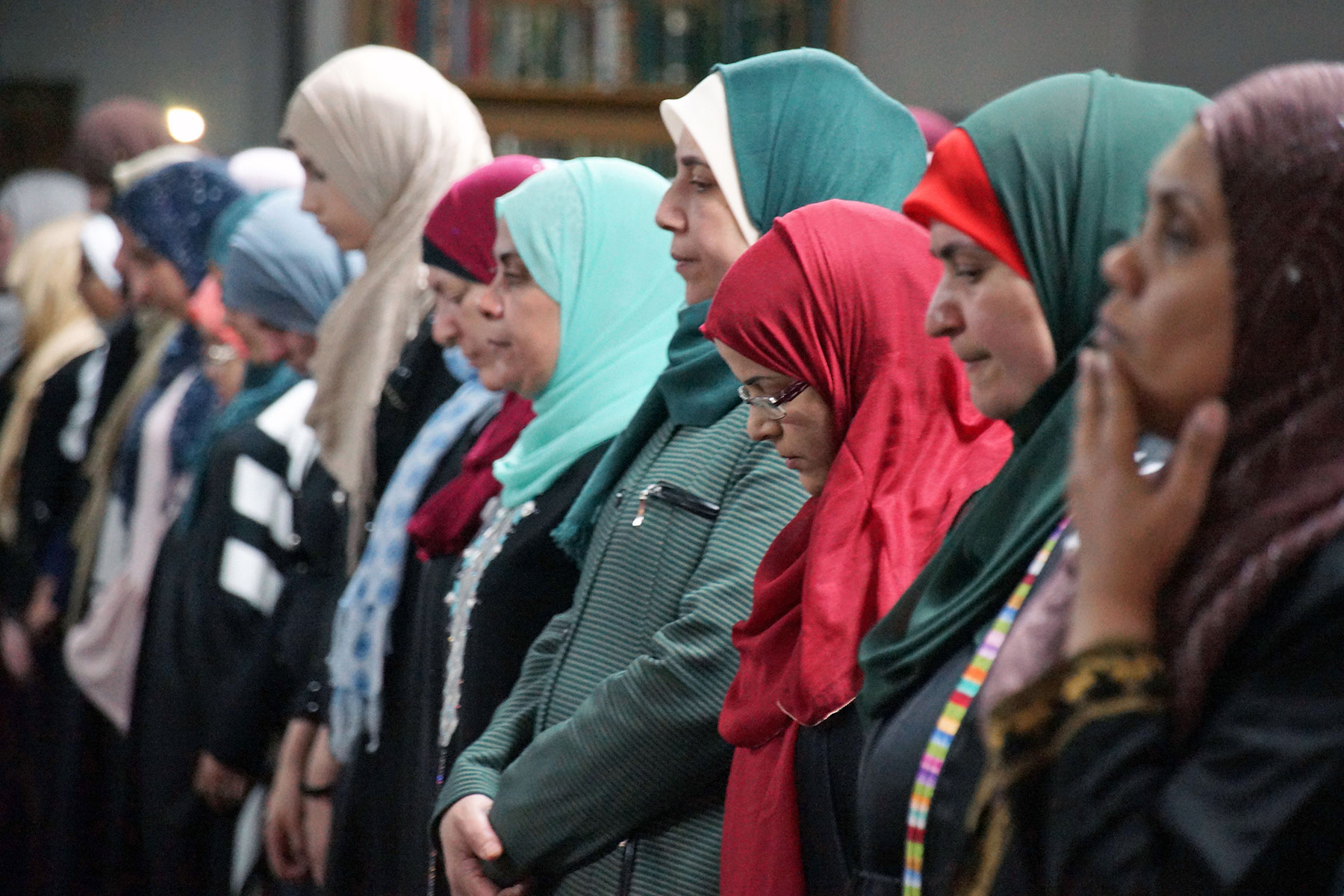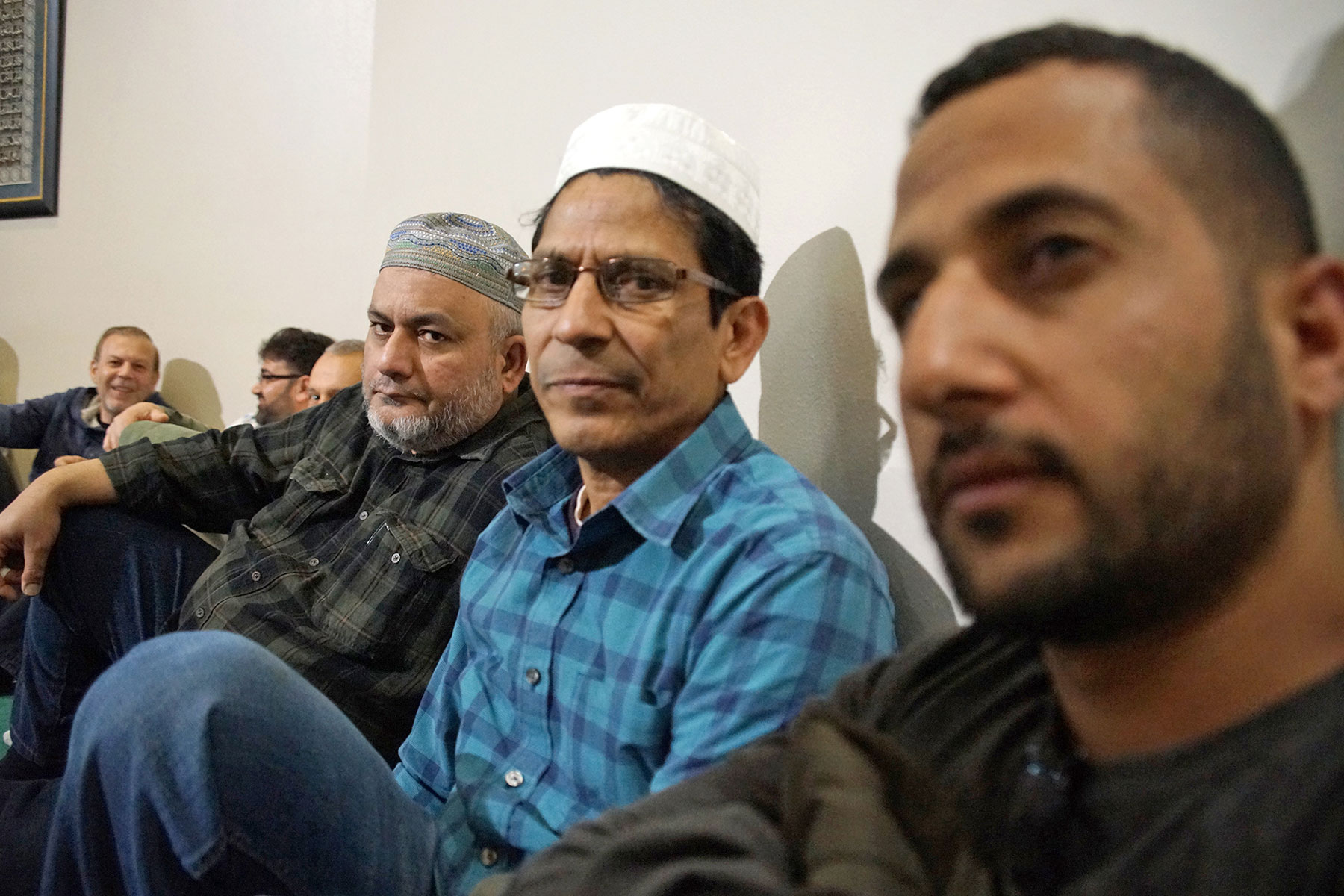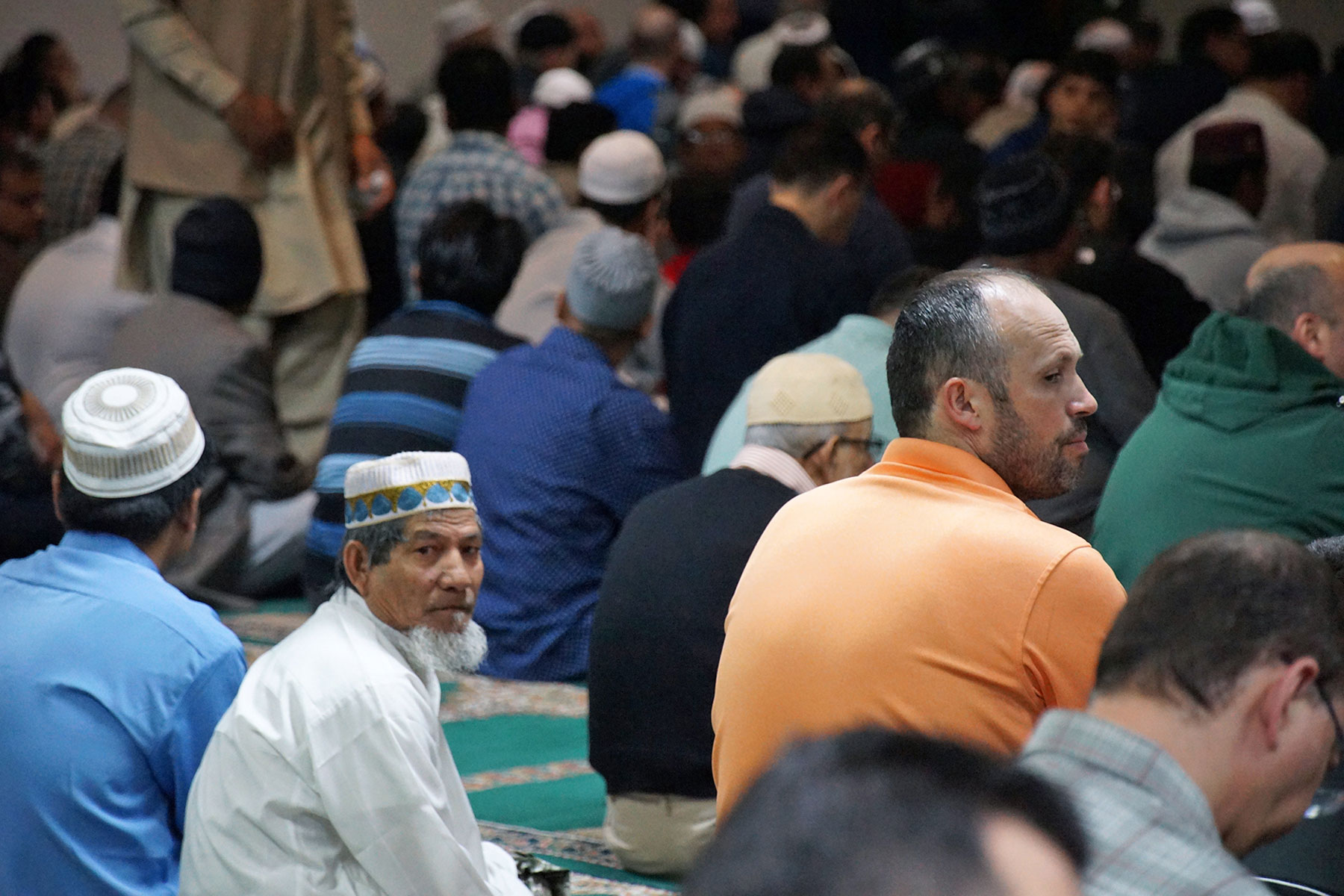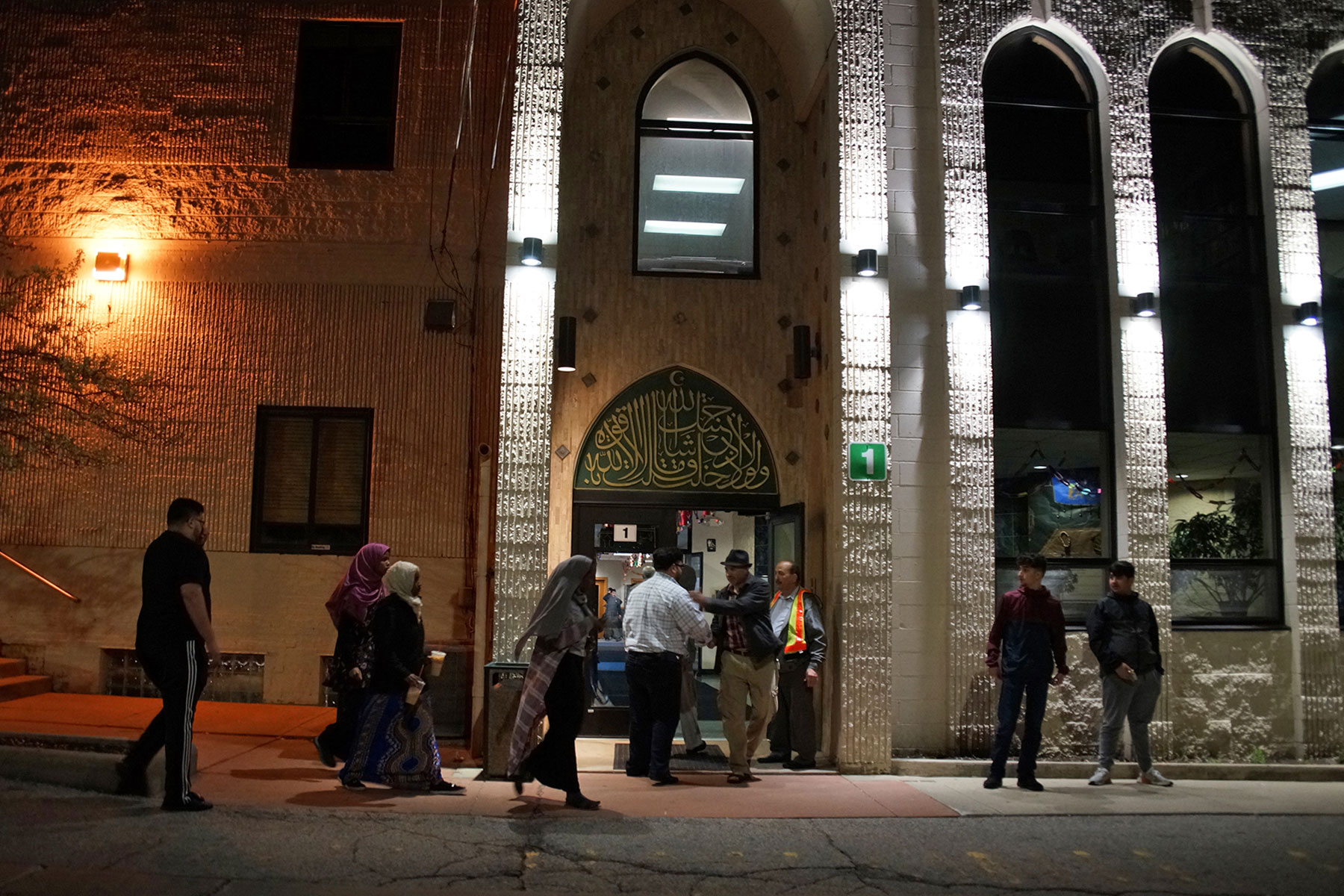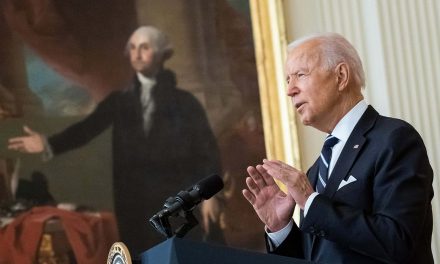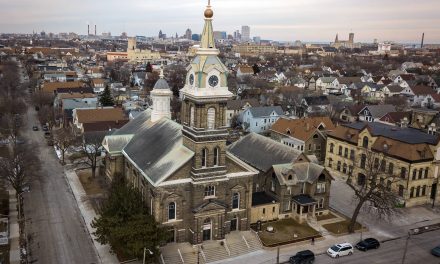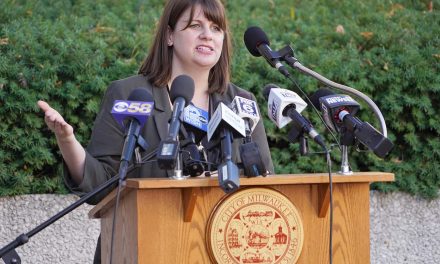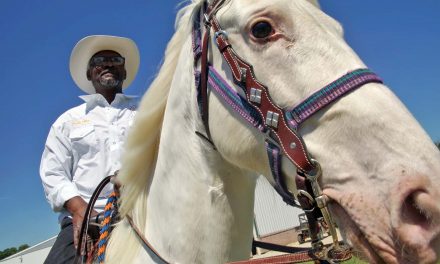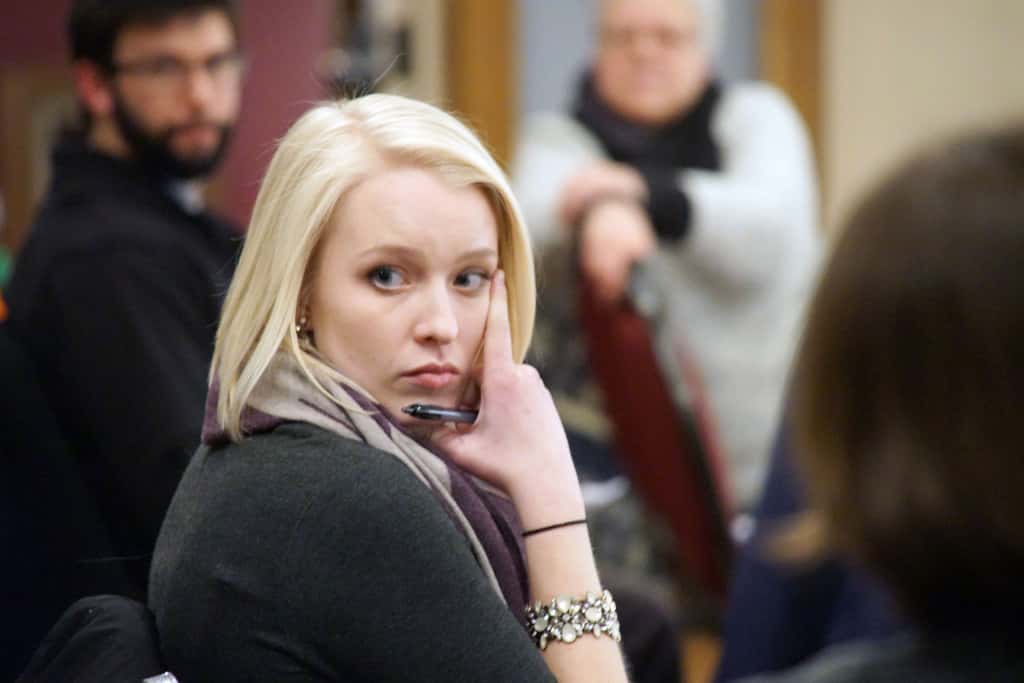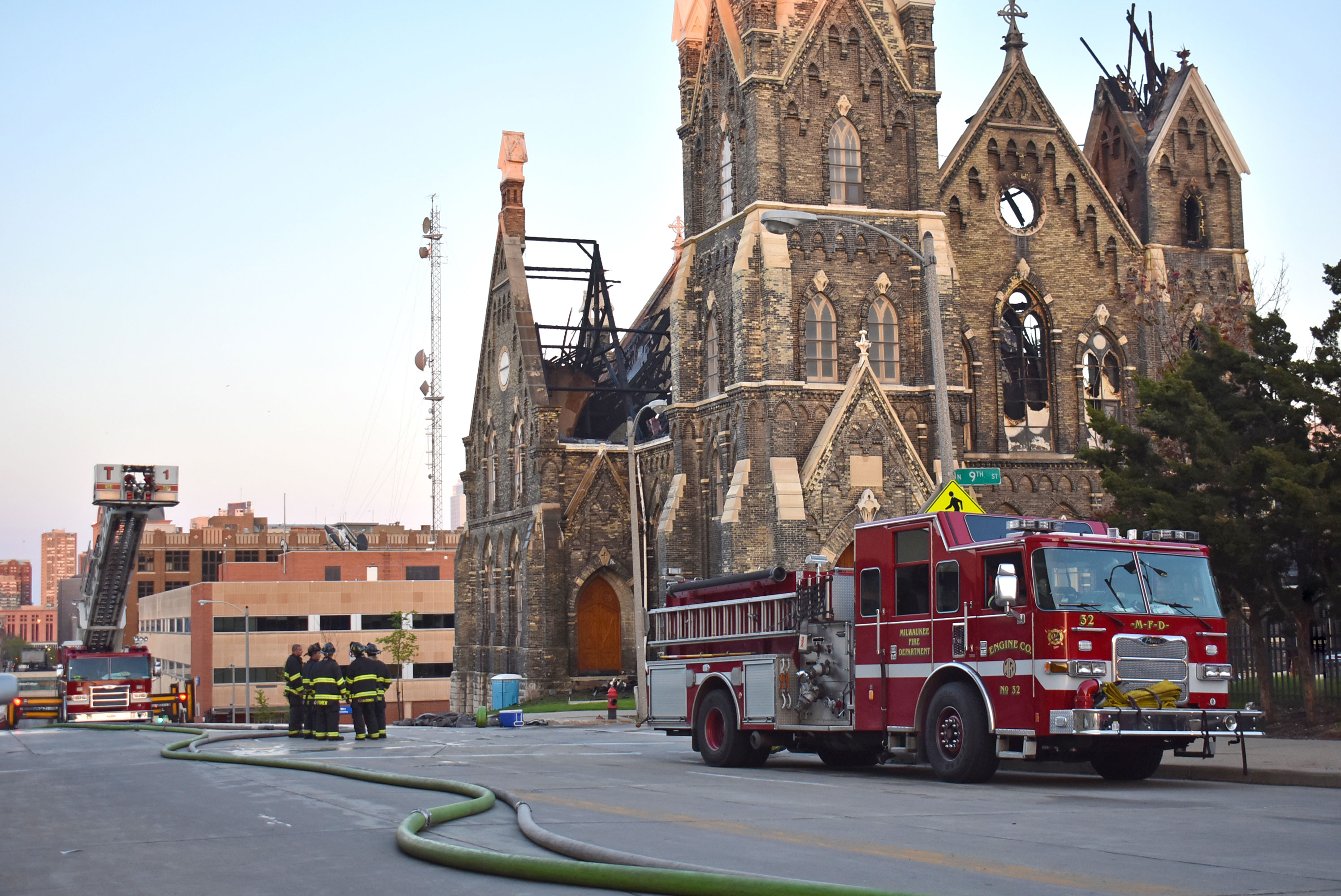
Last year I wrote about finding a passion to overcome fear. The year before that, I explained why the photo I was most proud of was one that I never took. With the Trinity Evangelical Lutheran Church fire, I am reminded of what our community says is valued in a tragedy, and what it does to actually show that value. But also, what problems are addressed and when action is taken.
If history has taught anything, it is that there will always be terrible disasters beyond the control of anyone. The inferno that engulfed Trinity Church on May 15 is just the latest example, a disruptive event of devastation that cannot be planned for.
But the tragedy also highlights how so much of our society is geared to crisis. It has almost become a perpetual condition. There is always time to stop everything to put out a fire, literally or figuratively, but there is never time to address less immediate disasters that are ultimately far more catastrophic and impactful.
As a photojournalist, covering a tragedy like the fire is what I do. It encompasses my personal devotion to my faith, my lifelong study of history, and my professional skill at documenting events as a record for future generations. I could have rushed to Trinity Church and arrived 10 minutes after the blaze started, about 3:55. Instead I chose to stay away.
My automatic reaction to the the alert was to calculate the logistics for getting there, while I grabbed camera gear. My normal transportation modes of walking or the bus would have taken too long with the clock ticking. Uber could have landed me on site in minutes, so I launched the app.
But my instinct held me back from calling the ride. I decided not to go, before I thought about or even understood the decision. It was not out of fear. I anchor myself to safety so that I can push those limits and not be in danger, or at least minimize the risk.
I am terrified of heights – as my essay about flying with the Army parachute team detailed. And I have worked long and hard to push myself beyond my comfort boundaries. So much, in fact, that while working at a previous newspaper job, when asked who wanted to repel down the side of Miller Park, my hand shot up before my brain reminded me that a small matter of height and gravity was involved.
With the fire, I impartially weighed why I was not going in order to evaluate my motives. I talked myself into going which logically made sense. But faith is the trust in things unseen. And while many people claim that they have a direct hotline to God telling them what to do, I prefer to think that the Lord has already given me the tools I need through a lifetime of conditioning. So while I continued to question my decision, I felt I had to trust it.
It is hard to always trust instincts, because in our youth we tend to base decisions on feelings instead of experience. Wanting something does not always make it worth doing, or result in a successful outcome. But in my faith journey, I have learned to trust the instincts that so many situations have forged.
I think as a society we often take on things beyond what our collective skills and level of commitment allows us to accomplish. Wanting social justice does not make social justice happen magically. And often those actions undertaken with the best intentions can result in utter disaster – Prohibition comes to mind as a case study.
We take on all these things expecting we will rise to the challenge and our hopes will be realized. But we have little proven experience to even project a chance of success. News headlines are a graveyard of the many civil movements that falter as fast as they sprang up.
Taking on too much and doing a poor job can be worse than doing nothing, which does not excuse the doing nothing part. But I knew what was on my calendar for the rest of the day, and that was where my instincts kicked in.
May 15 was the first day of Ramadan, and I was scheduled to report on the first night of Ramadan prayer. That was the first opportunity I had in my career to photograph it. The chance came after two years of work proving my fairness and sincerity as a journalist, and also as someone from the privileged white class of American society.
Logistically there was time to be a both locations, to cover the fire and then the prayer. But not emotionally or physically. Spending hours at the fire site would have exhausted me well before sundown when the observation started.
Having never been to a Muslim holiday as holy as the start of Ramadan, and since I am not Muslim, I did not know by experience what to expect and I did not want to gamble. From photographing past mass prayers across all sorts of religions including at my own church, I know that people are not always welcoming of photographers at their intimate event, with the sound of a shutter clicking at them during a private time in their faith participation.
Beyond the photos I needed to take was the responsibility I felt. I was invited to witness and document a very holy event, and it was an important opportunity to build and reinforce trust.
I could have cancelled or deferred to another night, Ramadan lasts for a month. But too often we forget the accumulated weight of all that we put off and do not do. We do not see the pile of nothing because it does not add up like accomplishments.
I contend that 50 years of hyper-segregation in Milwaukee is the proof of what nothing amounts to.
We only address problems when there is a crisis. That only attempts to solve the immediate dilemma and not the conditions that created it. The public will care and feel sad about the destruction of Trinity Church, for a while. But had there not been a tragedy, most people who drive by it every day would never have put thought into the building or the lives that revolved around it. Had there not been plumes of smoke stretching for miles, most commuters leaving for their homes in the suburbs would have remained unaware of the 140 year-old church or its location.
That is often the case with what our community passes every day and fails to see, until there is a disaster that raises an awareness for a short time. For Milwaukee to heal and evolve out of its segregated nature, the public cannot move from crisis to crisis to address the issues. We have to look past the calamity in front of us, and follow a longer term path for dismantling institutional barriers.
As a community, we act as if cleaning up the liquid from a broken water pipe is the same as fixing the leak. If we fix the pipe, the water will stop making a mess. Instead, we continue to mop up water by the buckets, thinking that once things are dry the problem is solved. Only to be amazed when the water returns and the damage from its flooding continues.
© Photo
Lee Matz and Nick Hansen

